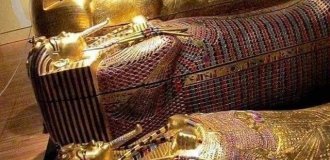The story of a Japanese girl from Hiroshima (8 photos + 1 video)
In August 1945, the United States dropped an atomic bomb on the Japanese city of Hiroshima. Tens of thousands of Japanese suffered. Among them was a two-year-old girl, Sadako Sasaki. 
Two-year-old Sadako did not receive a single scratch during the atomic bombing of Hiroshima. Trouble came later - when she was already a schoolgirl. It turned out that radiation sickness had been insidiously killing her all these years. 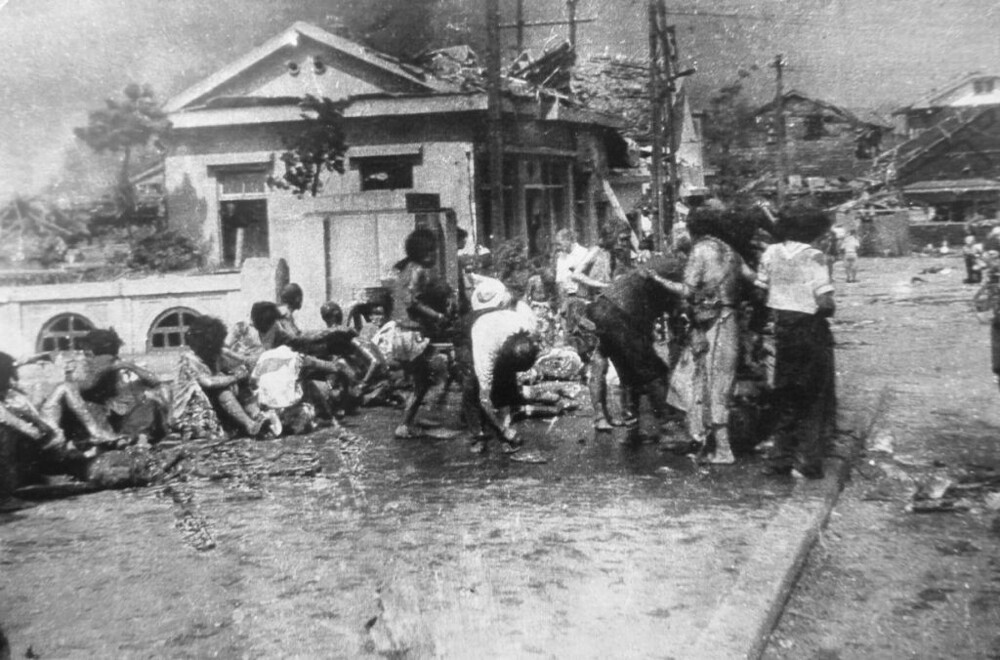
The first signs of radiation sickness appeared during a school relay race: Sadako ran along with other children, but suddenly felt unwell. Since then, dizziness and weakness overtook her more and more often. When the parents became concerned and went to the doctors, the girl was examined. And they announced a terrible diagnosis: blood cancer - leukemia.
Sadako was admitted to the hospital. The parents heard words that divided their lives into “before” and “after”: their daughter will live no more than a year, medications are powerless. Little Sadako was often visited by friends, classmates, neighbors, and relatives. From one of them she heard an ancient Japanese legend: if you fold a thousand paper cranes using the origami technique, they will help cure even the most serious illness. In Japan, the crane is not just a bird: it symbolizes happiness and long life, and also the desire to help everyone who needs it. 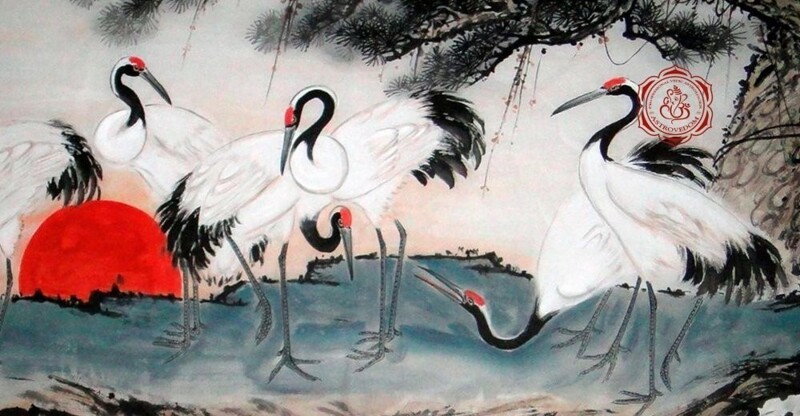
The legend of a thousand cranes has options, the most beautiful of them is to connect all the folded cranes together into a huge garland, sing a special ritual song - “senbazura”, and then fate is guaranteed to give healing.
Origami is the ancient Japanese art of creating various figures from paper, without glue, paper clips, threads or other materials, only through tricky folding. There are quite simple figures, and there are also very complex ones that only real masters can make. The crane is easy to fold; you just need to fold a sheet of paper several times in a certain way. Inspired, Sadako got to work. She really wanted to live. It seemed that folding a thousand cranes, making a cherished wish - to stay alive - was not at all difficult. She used every piece of paper she could get her hands on, even gift wrappers. Schoolchildren and nurses brought her beautiful paper, and neighbors in her ward shared pieces of paper. 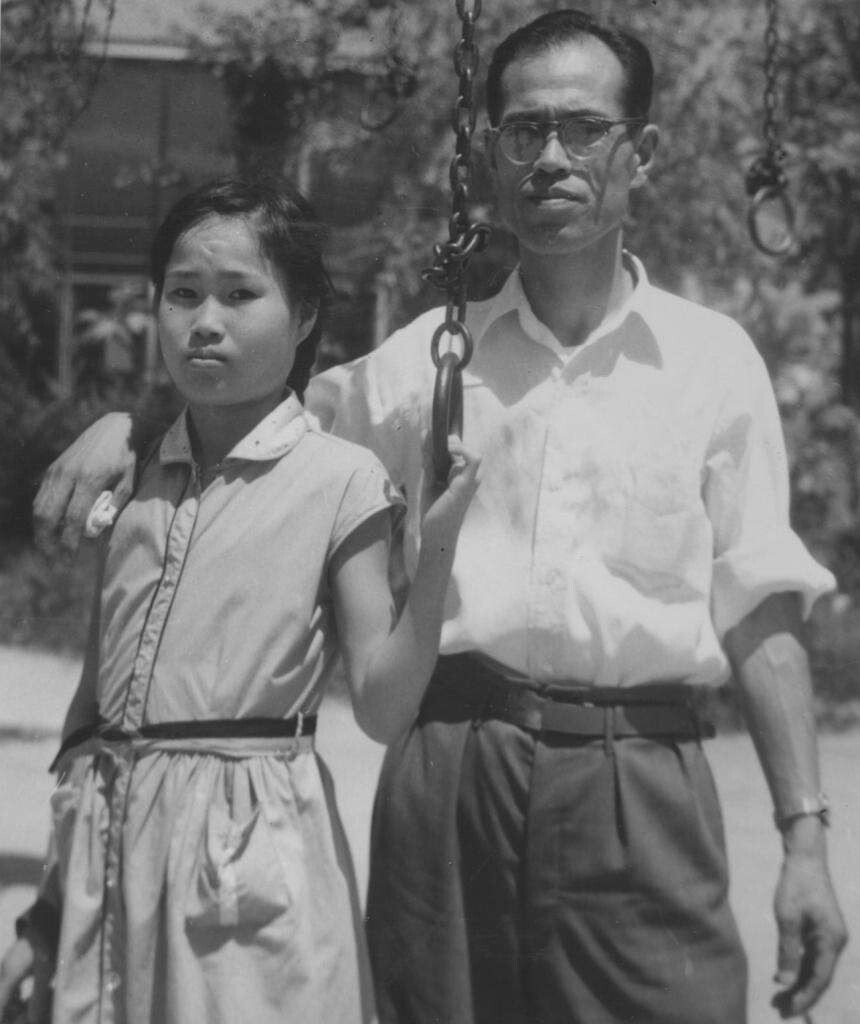
But the girl grew weaker every day. Fingers became naughty. There was little time for cranes: the weakened Sadako slept most of the day, medical procedures lasted for hours... She managed to make 644 figures.
On October 25, 1955, Sadako Sasaki passed away. She died in the hospital, in the arms of her parents. Sadako's friends completed the missing cranes, wove a garland and buried the girl with them, singing "senbazura". According to another version, the girl still managed to make 1,300 cranes. But they didn't help her...
The life and death of Sadako Sasaki could have gone unnoticed by the world: you never know how many girls and boys, as well as adults, died from radiation sickness after the bombing of Hiroshima! She was just one of many. But the friends and relatives of the schoolgirl who bravely fought the disease decided that everyone should know about her. All the letters that Sadako wrote in the hospital were collected and published. The whole world heard about a girl who dreamed of folding a thousand cranes and believed that they would save her from death. 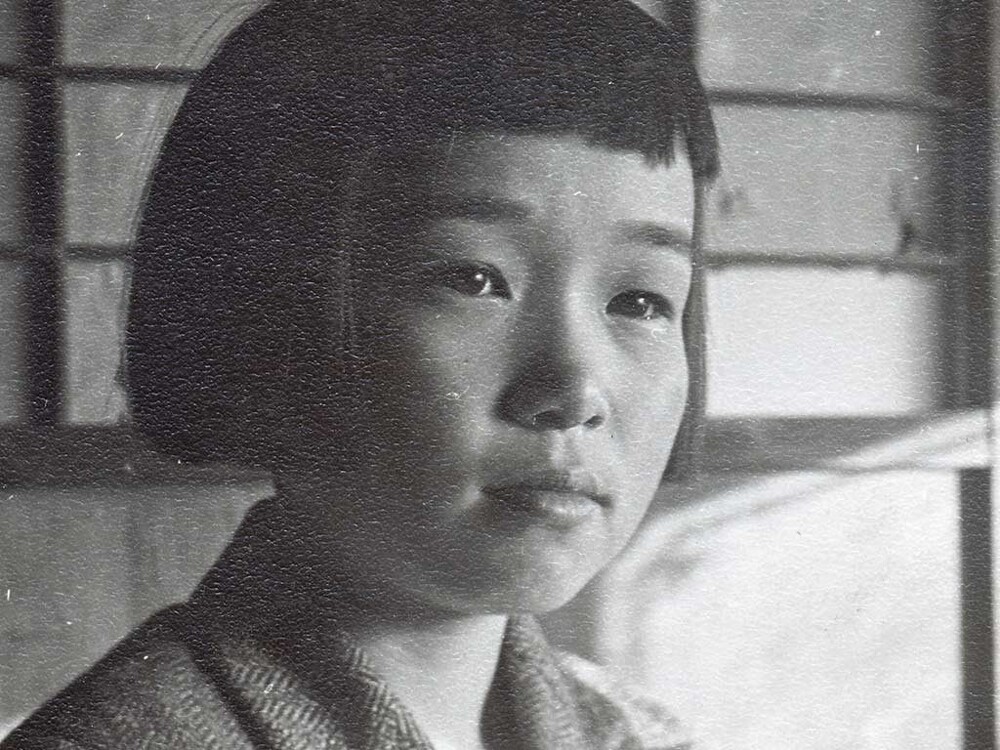
All over Japan they began to raise funds for a monument to Sadako. The Japanese needed this story in those days, the story of a girl who believed in a miracle... Those who suffered from the bombing, lost loved ones, fell ill - everyone took the story of the life and death of Sadako Sasaki as a guide to action. You cannot despair, you need to fight and believe. If you have no strength at all, you can at least fold cranes.
In 1956, an open letter from Sadako's mother was published.
She described everything she felt at that moment. It was the cry of a woman for whom the world would never be the same again because she had lost her daughter. The family had two younger children, born after the bombing. They were healthy. Perhaps this was the only thing that gave her the strength to continue living. 
On May 5, 1958, a monument to Sadako Sasaki and all the children who died from the bombing was unveiled. It was built with donations from thousands of caring people. AvThe designers of the monument were Japanese sculptors Kazuo Kikuchi and Kiyoshi Ikebe. It was decided to call it “Children’s Monument to Peace.” The statue depicts Sadako holding a paper crane. The inscription is carved on the pedestal: “This is our cry. This is our prayer...” Hundreds of people brought cranes to the opening of the monument, each of which was folded in memory of a brave girl. The entire monument was strewn with these cranes. The paper figures got wet in the rain, and new ones were brought in to replace them. 
Sadako's brother carefully preserves his sister's crane, which she made from a pill wrapper. In memory of the girl, a large Japanese company smelted a copy of this crane from metal.
Soon a monument to Sadako was erected in the USA, in the city of Seattle. In California, in the city of Santa Barbara, a Peace Garden was opened in memory of Sadako. Her tragic fate inspired writers and artists, poets and sculptors. The most famous book was written by Eleanor Coher - Sadako and the Thousand Paper Cranes. It was published in 1977 and became very popular in many countries, including the Soviet Union. 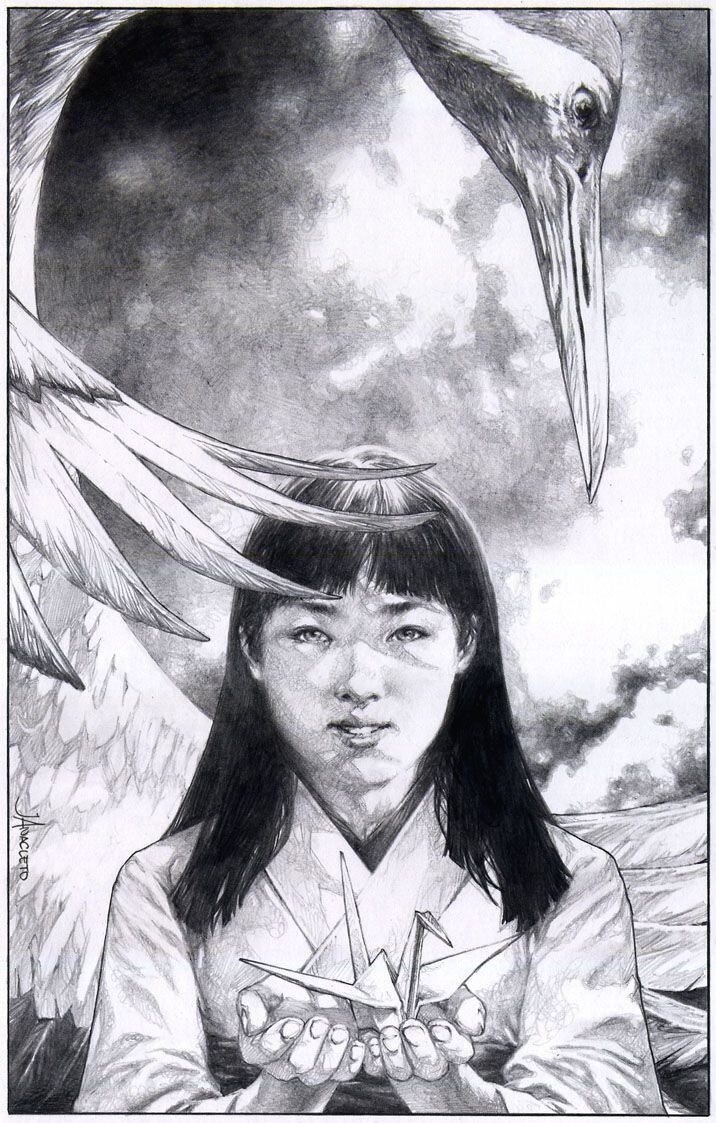
And today Sadako Sasaki is remembered and talked about. In memory of her, paper cranes are folded - they still remain a symbol of peace and life
.
Within a few months, about 150 thousand people died from the consequences of the explosion in Hiroshima - almost half the city. Later, hundreds of thousands more people died from radiation sickness and various complications.
A memorial monument was unveiled at the site of the epicenter of the nuclear strike in Hiroshima. At 8:15 am, when a bomb fell on the city, a ritual bell is heard here. The "Flame of Peace" is constantly burning in the park. They say that this fire will be extinguished only when all atomic weapons are destroyed on the planet. The museum houses the belongings of the victims of the tragedy: their photographs, clothes and a lot of watches. Wrist, wall, pocket - on all of them the arrows stopped at exactly 8:15.










